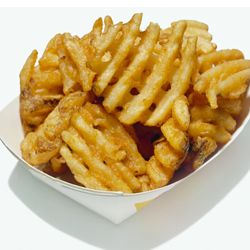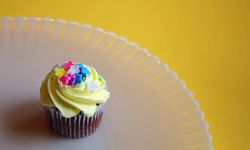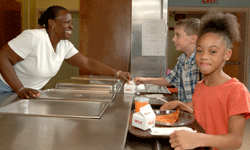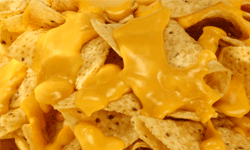At five lunches per week, a substantial portion of a child's diet comes from the school cafeteria. Since 1980, obesity rates have doubled among children and tripled for teenagers [source: McKay]. This means that the calories they get from meals at school are more important than ever. In an era of super-sized portions and empty calories, school lunches can go a long way toward ensuring your child's nutritional needs are met as well as setting them on the road to good health. Many schools have improved their menus, but some of the food available still isn't the best for your child. Let's take a look at the top 10 worst foods in school cafeterias.
Advertisement




